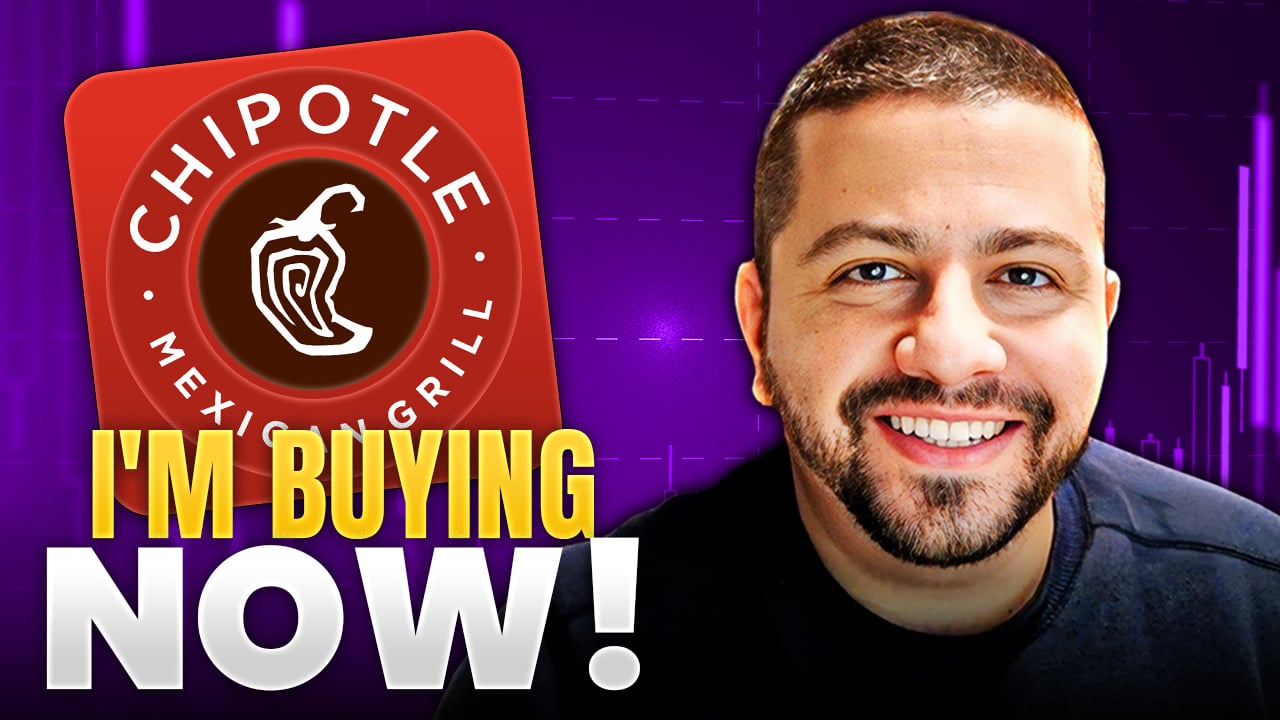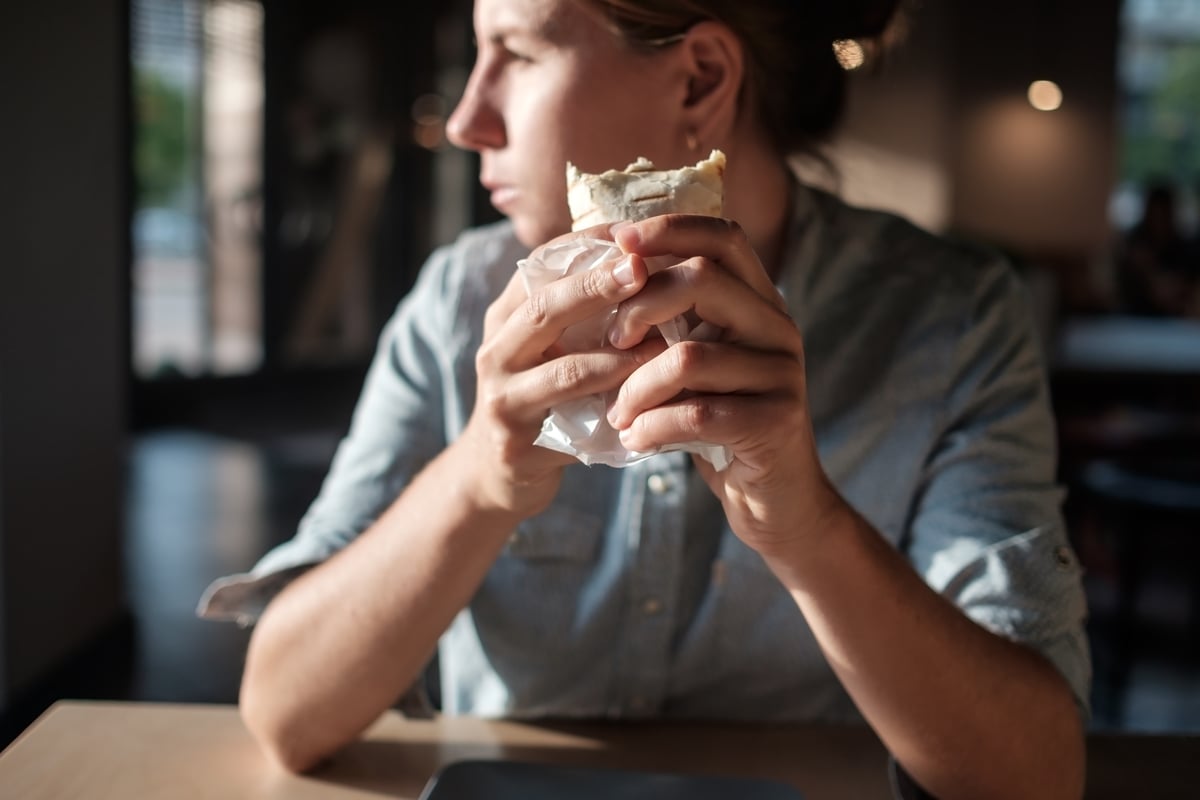There's no denying Tex-Mex fast-casual eatery Chipotle Mexican Grill (CMG 0.21%) isn't what it once was. Its role in a 2015 E. coli outbreak dented its reputation with consumers, and its initial, indifferent response to the matter arguably made things worse.The company paid the price -- in the form of falling revenue and earnings -- for months following the debacle.
It did eventually recover. In fact, Chipotle has reported record levels of quarterly revenue a couple of times this year. Although not as impressively, earnings have been growing since 2016's bottom as well. It's a big deal all the same, simply because damage control and the sweeping operational changes the restaurant chain put in place beginning in early 2016 were neither cheap nor easy.

Image Source: Getty Images.
Turnarounds are a tricky business
Turnarounds are tough. Just ask the people in charge of Under Armour (UAA 0.11%) (UA +0.11%), Best Buy, or luxury goods name Tapestry. All three are making a turnaround effort. Their investors have been forced to accept, however, that sometimes fresh earnings growth comes at the expense of revenue growth, and vice versa.
The idea is particularly evident with Under Armour's turnaround efforts. Income has taken a turn for the better since the middle of last year when the athletic apparel maker eliminated another 400 jobs after culling nearly 300 positions in 2017. In retrospect, it's possible the absence of those nearly 700 employees was a key contributor to the sales slowdown that's taken shape in the meantime.

Data source: Thomson Reuters. Chart by author.
If revenue remains stagnant, income will eventually follow suit as the company runs out of costs to cut.
Numbers don't lie
Chipotle hasn't fallen into the same trap of cutting expenses so drastically that it ends up adversely affecting the top line, though. Rather, CEO Brian Niccol has orchestrated the right balance of spending since taking the helm in March of 2018. Operating income hasn't improved as much as revenue, but the trajectories of both suggest there's a longevity with the overhauled operation.
The graphic below tells the tale. Revenue is on the rise, but so is the cost of that revenue, as is the company's selling and administrative spending. But, on an absolute basis, revenue is advancing faster than Chipotle's two other key costs. Through the first nine months of the year, for perspective, revenues are up nearly 14% year over year while operating expenses are only 11% higher. The small difference has made a big impact, though. Pre-tax income is up 59% for the first three quarters of 2019. All three measures are also part of a bigger trend.

Data source: Thomson Reuters. Chart by author.
In a purely academic sense, there's nothing remarkable about it. Companies are supposed to grow their top and bottom lines, expanding margins as they expand their scale. Chipotle Mexican Grill's situation was anything but textbook four years ago, though. It was thrown a curveball for which there is no prescribed response, forcing Chipotle into an expensive rethinking of every detail of its operation. It stumbled as it took its first few steps out of that mess in 2016, but the chain of Tex-Mex restaurants hasn't failed to grow its operating income in any quarter since the second quarter of 2017.
Overtly, it's an indication that Niccol understands the mathematics of Chipotle's situation. More difficult to discern is that the money Niccol is spending is being spent effectively, in a way that grows the top and bottom lines. Niccol knew that adding delivery services, developing an ordering app, and more conventional marketing would be the company's best investments in itself at the time, even if not everyone else agreed. Niccol was so right, in fact, that Chipotle has been able to raise prices without crimping traffic. Last quarter's same-store sales were up 11%, boosted by a 7.5% increase in per-store transactions.
Looking ahead
Chipotle Mexican Grill may never rekindle the sort of operating margins it was producing as of the middle of 2015 before its E. coli crisis took shape. Operating profits were consistently in the double digits then, approaching 20% of revenue. Since the turnaround, operating margins have yet to exceed 9%.

Data source: Thomson Reuters. Chart by author.
With more than two years of reliable progress under its belt, though, it's safe enough to say the company's new operation is well-grounded enough to keep Chipotle moving fiscally forward -- at least until the next curveball is thrown.
Chipotle shares are still expensive compared to other restaurant stocks, trading at more than 40 times next year's projected earnings. It's certainly a solid enough company to consider buying into on a dip, though.








